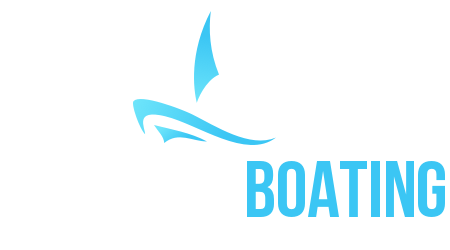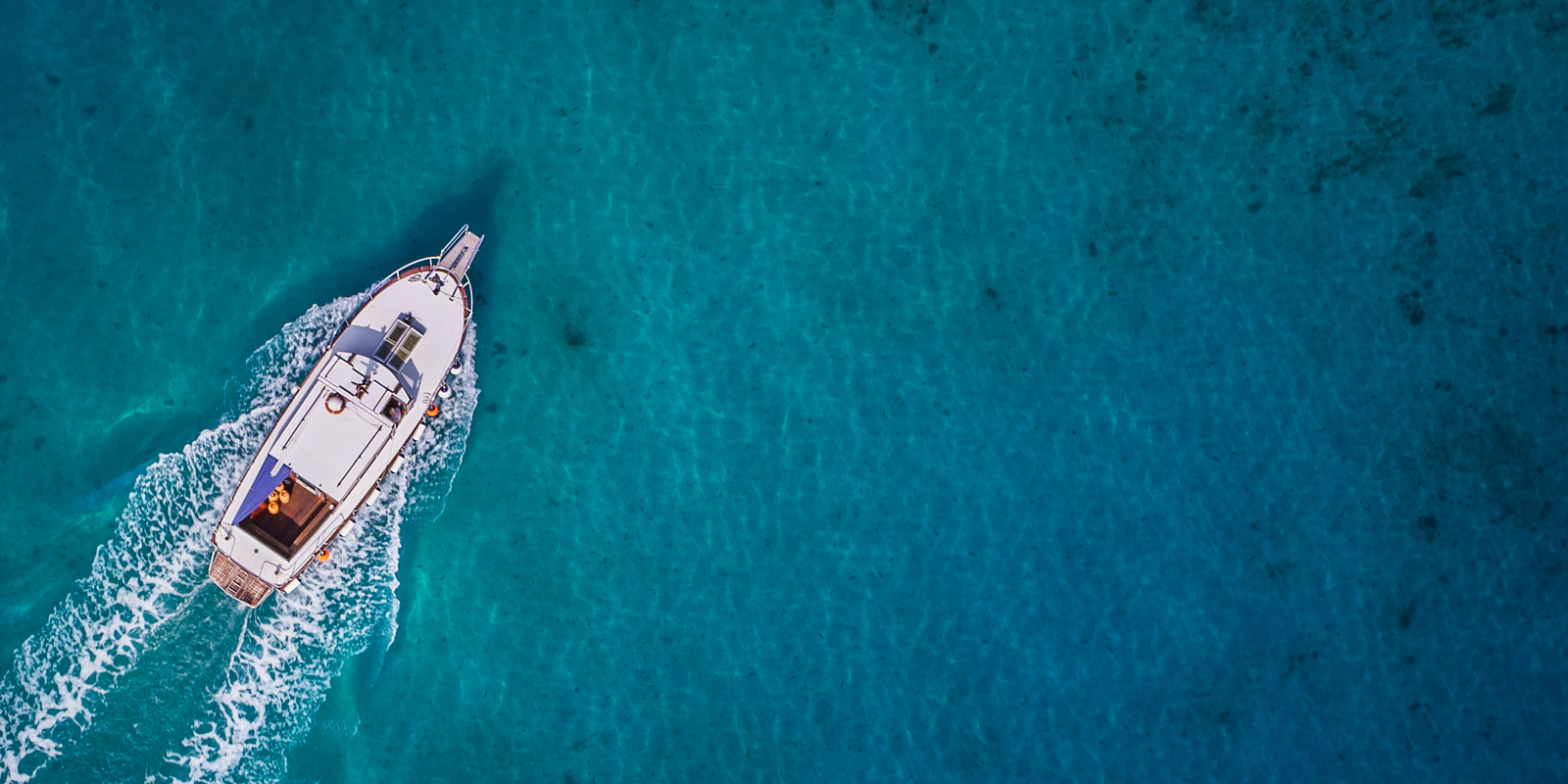A VHF radio is a critical piece of safety equipment that should be on board every boat, and knowing how to use it could save the life of you and your passengers, so read the owner’s manual for your radio to become familiar with its functions. That same VHF marine radio can be used to communicate with other boats, with draw bridges and with marina operators.
Marine Rescue organisations as well as private educators provide classes in using a Marine Radio.
The Australian Communications and Media Authority can assist with frequencies, regulation and further information. They also list the Channel, associated frequency, and their purpose at the link above.


